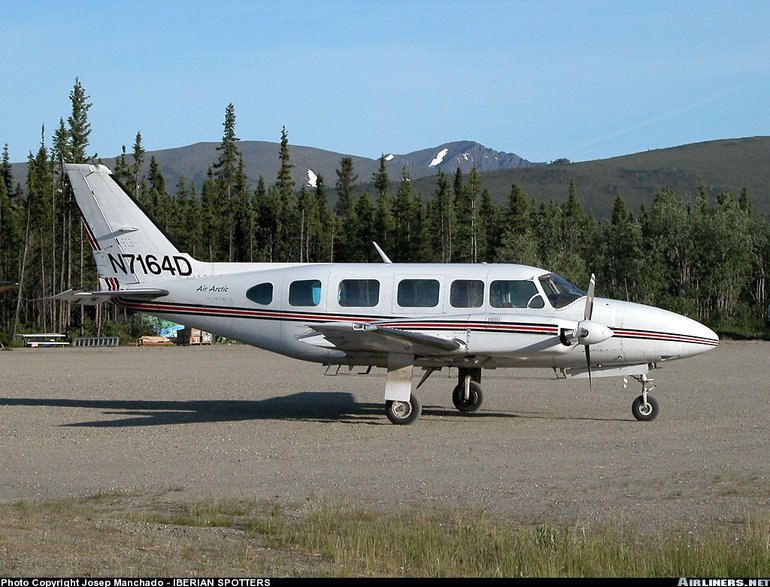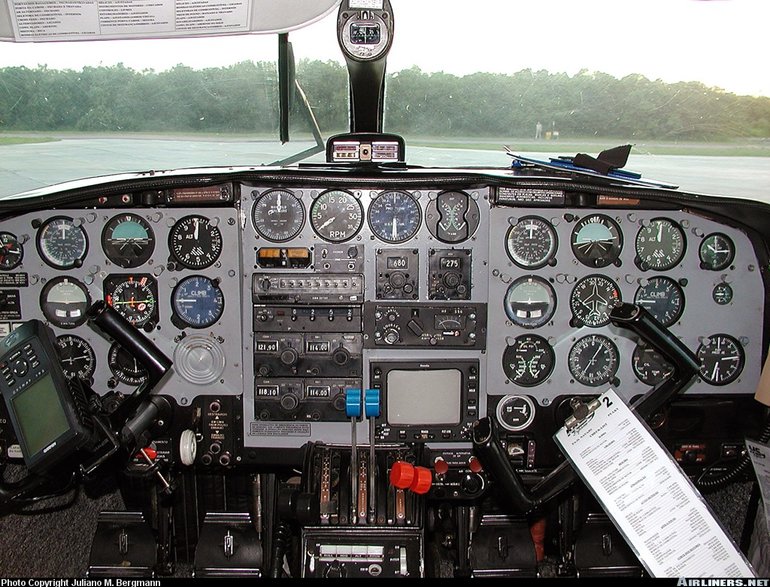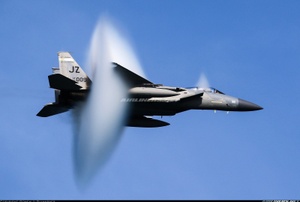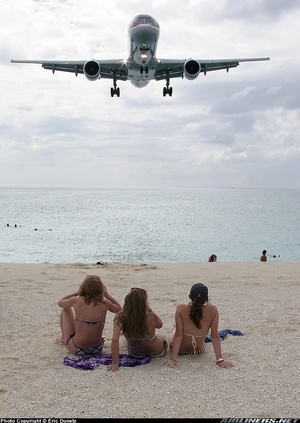Piper PA-31 Chieftain/Mojave/T-1020/T-1040
Details
Country of Origin
United States of America
Type
Eight/ten seat corporate transport and commuter airliner
History
The PA-31P-350 Mojave was the last pressurised version of the PA-31 series to be built, while the PA-31-350 Chieftain was a stretched Navajo, built on the smaller Navajo's success in the commuter and charter roles, while the T-120 and T-1040 were airliner developments.
The stretched Navajo Chieftain first appeared in 1973, after Piper began design work in 1971 (delays were caused by the destruction of the second prototype and early production aircraft due to flooding at Piper's Lock Haven plant in June 1972). Originally dubbed the Navajo II, the Navajo Chieftain was intended to compete against the Cessna 402 and to a lesser extent the turboprop powered Beech 99. Changes over the basic Navajo were many, including a 61cm (2ft) fuselage stretch, six side cabin windows, larger doors (an extra crew door was optional), and more powerful and counter rotating 260kW (350hp) TIO-540 engines. From the 1980 model year the PA-31-350 became known simply as the Chieftain, and the type remained in production until October 1984.
Small numbers were also built of the airline optimised T-1020 (based on the Chieftain but "hardened" for airline operations) and the Pratt & Whitney Canada PT6A powered T-1040 (PA-31T3).
The Mojave was a development of the PA-31P, and its airframe was essentially similar to the turboprop powered PA-31T Cheyenne I's. Changes included less powerful 260kW (350hp) counter rotating IO-540-V2As, a lower cabin pressure differential and longer span wings. Mojaves were built between 1983 and 1986.
Powerplants
PA-31P-350 Mojave - Two 260kW (350hp) Lycoming TIO-540-V2AD turbocharged and fuel injected flat six piston engines driving three blade constant speed Hartzell propellers.
PA-31-350 Chieftain - Two 260kW (350hp) Lycoming TIO-540-J2BD turbocharged and fuel injected flat sixes.
Performance
PA-31P-350 - Max speed 447km/h (241kt), max cruising speed 435km/h (235kt), long range cruising speed 361km/h (195kt). Initial rate of climb 1220ft/min. Service ceiling 30,400ft. Max range with reserves 2260km (1220nm).
PA-31-350 - Max speed 428km/h (231kt), max cruising speed 320km/h (173kt), long range cruising speed 254km/h (137kt). Initial rate of climb 1120ft/min. Operational ceiling 24,000ft. Max range with reserves and standard fuel 1760km (950nm), with optional fuel 2390km (1290nm).
Weights
PA-31P-350 - Empty equipped 2495kg (5500lb), max takeoff 3265kg (7200lb).
PA-31-350 - Empty equipped 1988kg (4383lb), max takeoff 3175kg (7000lb).
Dimensions
PA-31P-350 - Wing span 13.56m (44ft 6in), length 10.52m (34ft 6in), height 3.96m (13ft 0in). Wing area 22.0m2 (237sq ft).
PA-31-350 - Wing span 12.40m (40ft 8in), length 10.55m (34ft 8in), height 3.96m (13ft 0in). Wing area 21.3m2 (229sq ft).
Capacity
Standard seating in Mojave for seven, including one pilot and passenger, or two pilots on flightdeck, with seating for five behind them. Chieftain has max seating for 10.
Production
Production : 1827 Chieftain, 52 Mojave, 21 T-1020, 24 T-1040, and 2 experimental PA-31-353.
Related Links
Piper PA-31 Chieftain/Mojave/T-1020/T-1040
The backbone of this section is from the The
International Directory of Civil Aircraft by Gerard Frawley
and used with permission. To get your own copy of the book
click here.




















